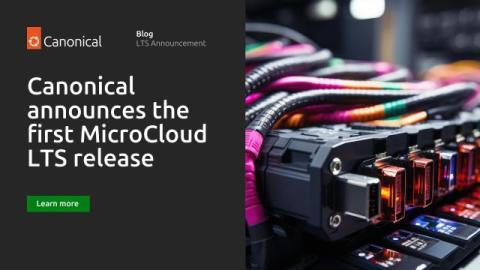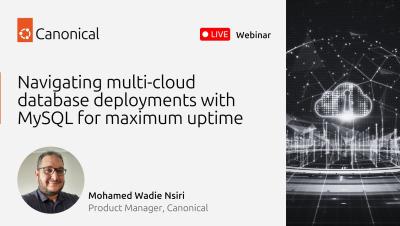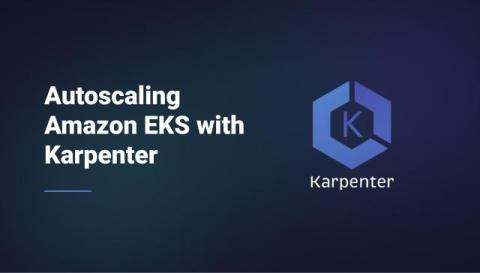Complete 2024 Guide to Amazon Bedrock: AWS Bedrock 101
We’ve all been hearing about Amazon Bedrock – and the exclusive few who could access the full scope of AWS’ new product. But what exactly is AWS Bedrock? What can it help you accomplish? And, most importantly, when can you get full access to it? Learn all you need to know about AWS’ new tool from our cloud experts.











